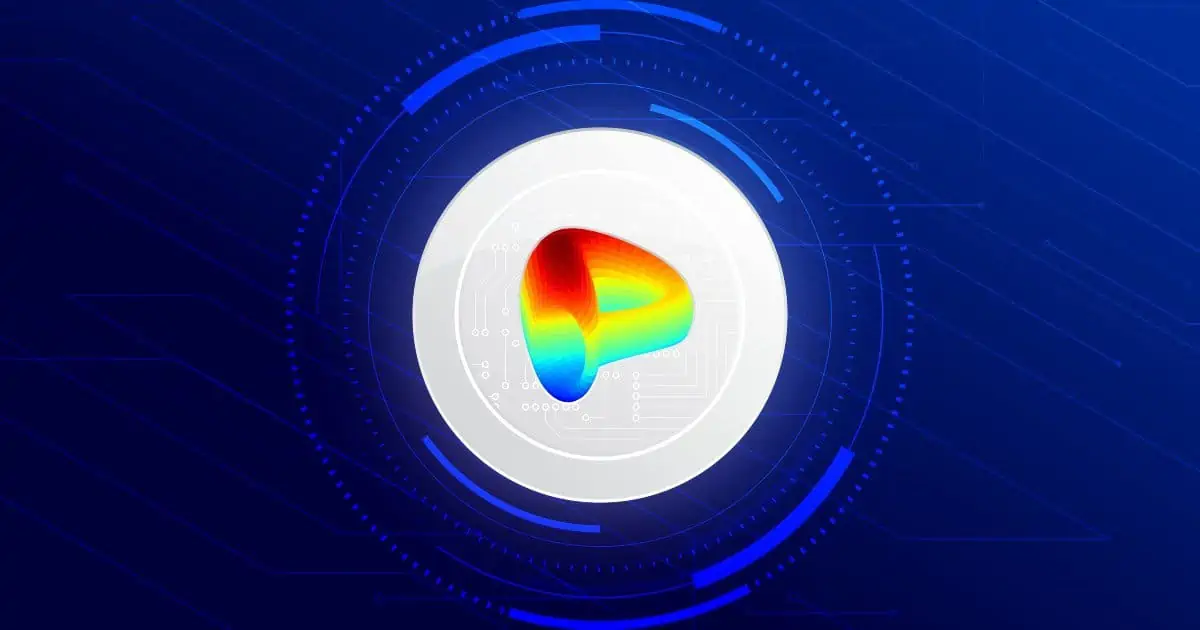The adoption of cryptocurrencies has drastically grown over the years and a vast majority of people are now trading crypto assets on different cryptocurrency exchanges. Most of these exchanges are centralized due which technically means they can’t represent the true spirit of the crypto industry.
Centralized exchanges are an easy target for hackers and the authorities can also access users’ information whenever they need it. The decentralized exchanges are a more reliable option as they keep the users’ information private while protecting their valuable assets.
What is Curve?
The curve is a decentralized finance protocol that allows traders to buy and sell cryptocurrencies at better prices. Curve uses an Automated Market Maker Protocol to facilitate the traders. Thus, traders can buy a cryptocurrency whenever they want without having to wait for a seller.
Instead of an order book, Curve maintains liquidity pools where participants can deposit their crypto tokens to earn passive income. The curve is primarily focused on stablecoins like USDT and Maker. The users can buy stable coins from this decentralized exchange with minimal price variation.
Thus, it has gained a lot of attention among stablecoin traders because Curve has a slippage basis of 0.06%. This means the users can get an equal amount of cryptocurrency tokens depending on the money they’ve spent. The users can also take advantage of liquidity mining, yield farming, and other Defi activities on this platform.
How is Curve Finance Secured?
Although Defi is a risky investment, Curve Finance secures the funds of its users by regularly updating its source code. The company hires ethical hackers after regular intervals to identify flaws in the network’s source code. Furthermore, the crypto security companies including Quantstamp and Trail of Bits have audited this network’s code independently.
Curve Brief History
The curve team hasn’t shared any information about the project’s official launch date or founders on its official website. However, the project’s white paper that was issued in November shows Michael Egorov, a Russian Scientist, as its author. Michael also co-founded NuCypher, a cryptocurrency network that builds privacy-oriented protocols.
Egorov also founded LoanCoin, a decentralized bank and loan network. Several well-known Defi investors invested in this project. Curve has seen significant growth over the years. It had more than $1 billion worth of cryptos locked on its network in 2020.
There was plenty of hype before the launch of Curve Dao Token because the platform already had a lot of traffic. However, its price remained unsustainable after the launch. In fact, the price dropped 10x within a week of its launch. Some investors weren’t satisfied with 71% of the voting power being allocated to Egorov. Therefore, some participants created a fork of Curve called Swerve to ensure a decent token distribution.
How Does Curve Work?
Curve uses a bonding curve, a mathematical feature, to support the trading of stablecoins at the best possible price. Uniswap and other decentralized exchanges also use this feature for cryptocurrency trading. But Curve is primarily focused on stablecoins. It means the traders can trade larger amounts of stablecoins with the minimal price difference.
How Do Curve Liquidity Pools Work?
As it’s mentioned above, Curve doesn’t maintain an order book but it maintains liquidity pools. It needs a huge number of participants who may lock their crypto tokens in these liquidity pools. Thus, it can consistently accommodate the traders that are willing to exchange their cryptocurrencies without having to wait for a seller.
Curve determines the prices of cryptocurrencies by maintaining a certain ratio to one another. Thus, the traders take advantage of the price fluctuation. The users who lock up their cryptocurrencies in the liquidity pools get a healthy return on their investments. The network pays a significant amount from the trading fee to these participants for their contribution.
The investors can also earn trading fees from other platforms by locking their crypto tokens in specific liquidity pools. sUSD and sBTC pool is an attractive option for those who want to earn extra income. Thus, they can get a designated share of the Synthetix SNX token along with CRV.
Some users are reluctant to invest in stablecoins after the unpleasant event of TUSD’s sharp decline. If a stablecoin loses its value, it will seriously affect the investors who have locked their tokens in those pools.
Curve Lending Pools
Curve Lending Pools are an additional option for users who want more return on their investment. The users can take advantage of this feature while keeping their tokens locked up in the liquidity pools. Thus, they can earn interest on their investment. The Curve network ensures the safety of their investment by maintaining a decent collateral ratio.
Governance
Curve network issued 3 billion CRV tokens in 2020. 60 percent of the tokens were transferred to the users who had their tokens locked in different pools. 30 percent tokens were held for the Curve team. The remaining 10 percent was kept for employees and community growth.
Now, the network issues 2 million CRV tokens every day. The CRV token holders have voting rights in the platform depending on the tokens they hold.
Curve Tokenomics
CRV is the native token of the Curve network that is used to pay trading fees. With a circulating supply of 520 million tokens, CRV has a market cap of $719 million. It ranks among the 70 best cryptocurrencies in terms of market cap.
Conclusion
CRV is a decentralized finance protocol that facilitates the trading of stablecoins with a reasonable trading fee. It maintains a range of liquidity pools that traders can use to buy their favorite tokens without having to wait for a seller and in addition, provides earning opportunities for liquidity providers.

